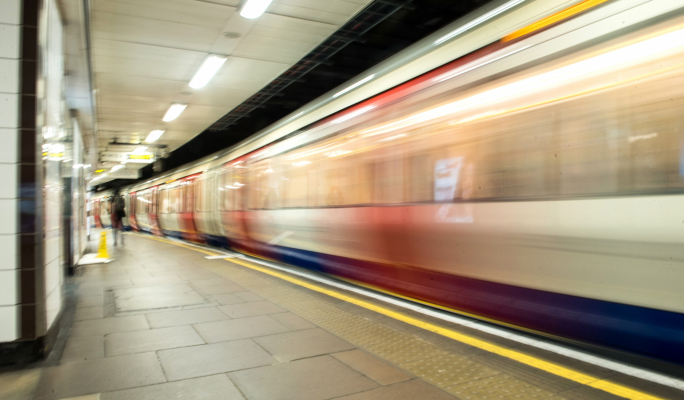Copyright maltatoday

Every few years, Malta’s transport debate flares up around the idea of a metro or a mass-transit system. The proposals promise sleek tunnels, rapid connections, and relief from the island’s congestion. But the hard truth is that no metro or tram system can succeed if the rest of the transport and urban system remains the same. In particular, a metro cannot work in a country where car ownership continues to rise unchecked. The latest figures show that Malta now has more than 445,000 licensed vehicles on its roads, with passenger cars making up the overwhelming majority. The number of licensed drivers is also growing steadily, with over 285,000 licence holders in 2024. Against this backdrop, it is striking that August saw a record 7.5 million bus passenger trips, the highest ever monthly figure. Public transport use is rising strongly, aided by free bus travel. Yet, even with these record numbers, the private car remains dominant as the default choice. Thousands of new vehicles continue to be licensed each year, joining a network that is already saturated. Against this reality, it is no wonder that a metro is seen as a silver bullet. But metros do not succeed in a vacuum. Hong Kong’s world-class system works because car ownership there is tightly restricted through high first registration taxes, annual fees, and limited parking. Singapore’s MRT thrives not only because of good engineering but also because owning a car costs tens of thousands in licensing. Even smaller European cities with tram systems, like Freiburg or Strasbourg, combine attractive infrastructure with policies that deliberately nudge people away from cars—pedestrian zones, limited parking, and cycling lanes that make alternatives genuinely more convenient. This is the lesson Malta must internalise. A metro or tram system would be transformative only if it is part of a wider system redesign. That means not just building tracks but rethinking incentives. Today, the cost of owning and running a car in Malta is relatively low compared to the congestion and space it consumes. Licensing is relatively cheap and on-road parking is free. In such an environment, even if a metro or tram were built, many people would still default to the car unless strong nudges are put in place. This is true even though public transport is free and buses are hitting record usage levels showing that demand exists, but also that buses alone cannot absorb Malta’s travel needs. A systems approach would start with demand management. Parking fees that reflect true land values, congestion charges for high-traffic zones, and a steep increase in registration and licences would shift behaviour. At the same time, alternatives must be credible and attractive. Trams could play a central role here, especially for medium-density corridors where a metro is too heavy and buses are too slow. Trams integrate more naturally into the urban fabric, can reshape streetscapes, and make car-free living in certain neighbourhoods more realistic. Layered on top of this, the bus network must serve as feeders into high-capacity corridors. The record 7.5 million trips in August show that buses are already playing a crucial role, but they cannot carry the whole system. Cycling infrastructure, still piecemeal, needs to be connected and safe. Walkability should become a planning principle rather than an afterthought. The aim should be to create a hierarchy of modes: walking and cycling for the short trips that dominate in Malta, trams or metro for the longer urban journeys, and buses linking peripheral areas. Increased ferry lines should also be considered and the recent announcement of a Marsaskala landing place is welcome. Cars should be the last resort, not the default. There is also an urban planning dimension. The more scattered development becomes, the harder it is to serve efficiently with mass transit. A metro line through a sprawl of low-density housing will struggle to generate enough ridership. A tram through a congested corridor with poor pedestrian access will underperform. To make mass transit viable, Malta needs to rethink land use, density, and how new developments are integrated into mobility planning from the start. This is not an argument against a metro or tram. It is an argument against treating them as stand-alone projects. Infrastructure is only one piece of the puzzle. Without accompanying reforms in pricing, planning, and incentives, Malta risks building a shiny system that is underused while cars continue to choke the roads above. The transport challenge is ultimately a system challenge. The data tells us clearly that more cars are joining our roads each year, that licences continue to climb, and that even with record bus usage, the private car is still king. If Malta truly wants to solve congestion and build a sustainable future, it needs to change the system of choices that households face every day. Make car ownership less attractive, make alternatives more convenient, and then, and only then, will a metro or tram deliver on its promise. The question is not whether Malta needs a metro. The question is whether Malta is ready to build the system around it that will make it succeed.



